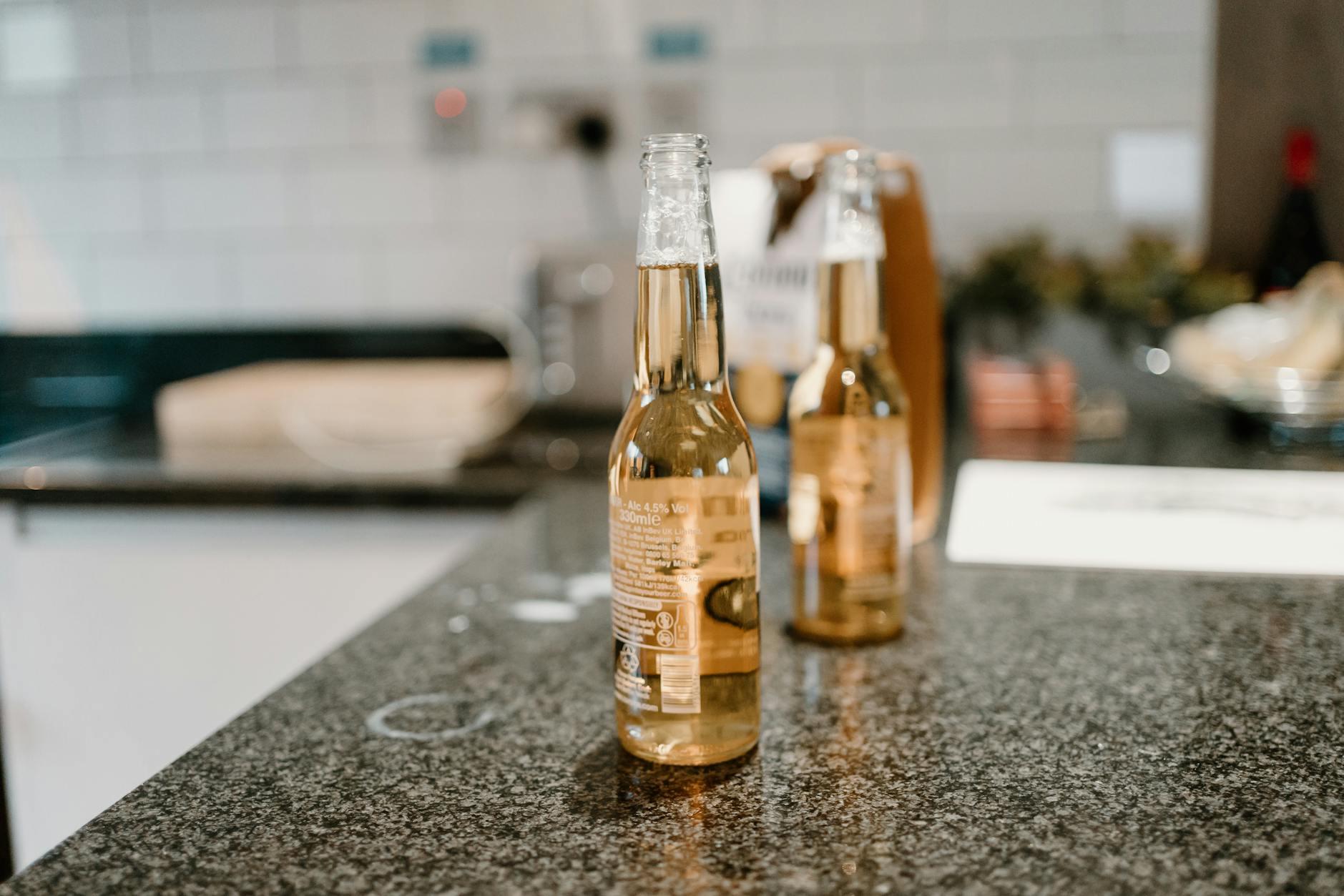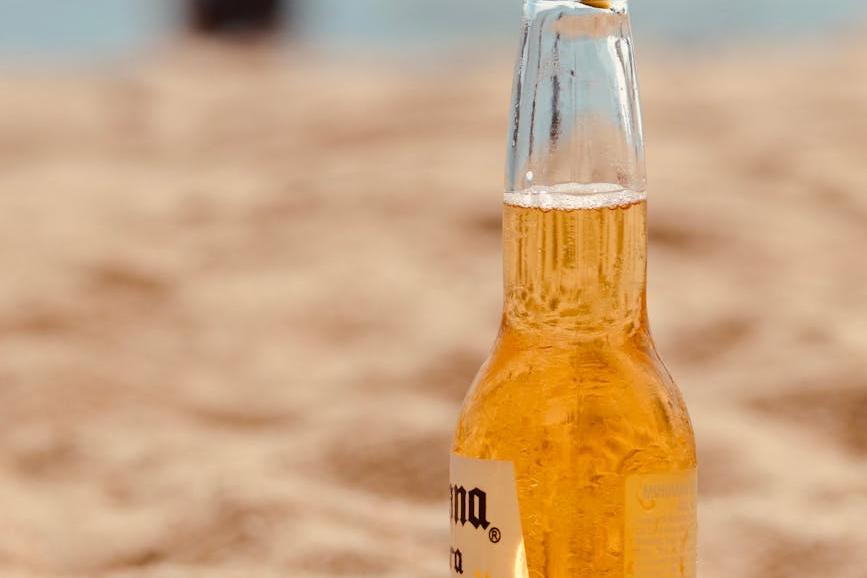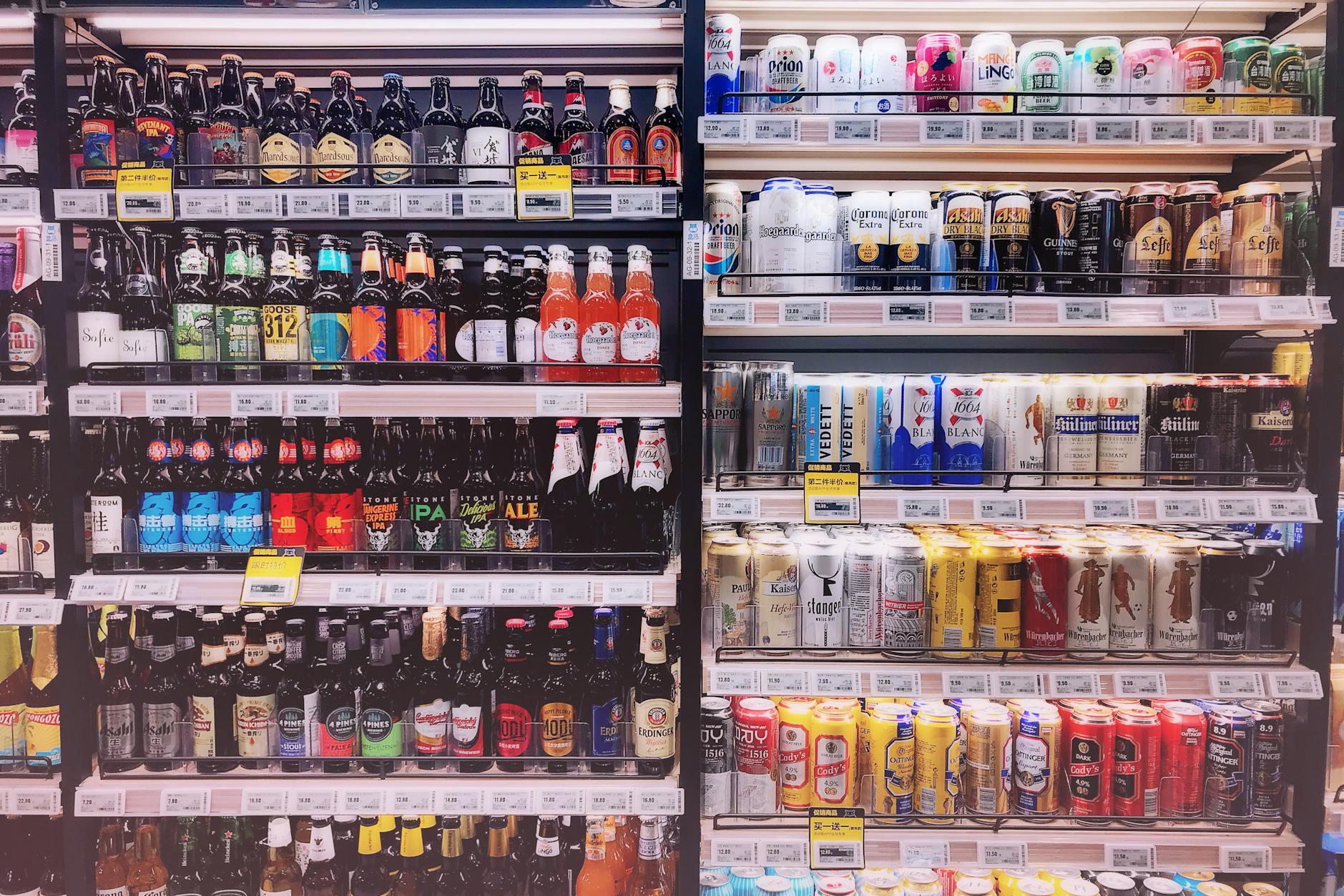- Shanghai Zhongshen International Trade Co., Ltd. - Two decades of trade agency expertise.
- Service Hotline: 139 1787 2118

Beerimport and exportThe Three Hidden Battlefields
Negotiating business with an ice-cold beer in hand might beforeign tradeone of lifes most delightful moments. But when this liquid gold needs to cross borders, every step can become a perilous tightrope walk. As a veteran who has handled 300+ batches of alcohol imports and exports, I want to show you the hidden underworld behind those customs declarations.
Agency Model: Choosing the Right Partner Matters More Than Choosing the Alcohol
Last year, a craft beer brand failed in the Southeast Asian market due to agent selection issues:
- License Trap: Malaysia requires importers to hold halal certification
- Channel Black Hole: Vietnamese agents secretly mixed near-expiry products
- Settlement minefield: Payment terms in the Middle East region commonly exceed 120 days
Recommend establishing a tiered agent evaluation system, focusing on three key dimensions:
- Local distribution network coverage rate
- Customs affairs handling capability
- Cold chain warehousing infrastructure
Life-or-death speed in customs clearance
Remember that batch of IPA detained at Rotterdam Port in 2018? The issue was a 0.3% alcohol content labeling deviation. This seemingly minor figure caused the entire container to be held for 28 days. Beer product customs declarations must prepare:
- Certificate of origin health certificate (must specify malt concentration)
- Filling date and shelf life certification
- Temperature control records during transportation (especiallyMaritime TransportationRefrigerated cabinet
Key attention to HS code classification differences:
- EU classifies hop extracts under different tariff headings
- US has separate classification for beers with alcohol content above 5.3%
Seventy-two variations in transportation links
Last year we handled a classic case: Ale beer shipped to Dubai developed turbidity and sedimentation upon arrival due to container temperature fluctuations. The solution included three key points:
- Use active refrigeration containers (not ordinary refrigerated cabinets)
- Record temperature and humidity data every 6 hours
- Purchase transport quality insurance (different from ordinary cargo insurance)
Special packaging requirements are often overlooked:
- Muslim countries prohibit the use of lard sealing can processes
- Nordic countries mandate minimum recyclable packaging ratios
The 18 Dragon-Subduing Palms of Tax Planning
A client exporting craft beer to Australia leveraged the China-Australia FTA to reduce tariffs from 5% to zero. This success relied on precise control of three key elements:
- It is recommended to verify through the following methods:Substantial transformation standard
- Proof of specific processing procedures for alcoholic products
- Compliant documentation chain under free trade agreements
Common tax minefield warnings:
- U.S. state consumption tax variations can reach 15%
- UK imposes packaging tax on pull-tab cans
Practical case: Breaking into the Southeast Asian market
2024 complete path to assist a brand in entering the Thai market:
- Phase 1: Testing market response through bonded exhibition transactions
- Phase 2: Conducting pop-up marketing with local 7-Eleven
- Phase 3: Establishing regional distribution centers utilizing RCEP rules
Key performance indicators:
- Customs clearance time reduced from 15 days to 72 hours
- Logistics costs decreased by 23%
- End-market distribution rate increased to 68%
Beer import and export is never just about cargo movement, but a precise dance of cultural adaptation and commercial rules. When you hold this pitfall avoidance guide, remember the most important business wisdom: always keep a chilled beer on the negotiation table—it might be the ultimate weapon for resolving cross-border crises.
Related Recommendations
? 2025. All Rights Reserved. Shanghai ICP No. 2023007705-2  PSB Record: Shanghai No.31011502009912
PSB Record: Shanghai No.31011502009912










